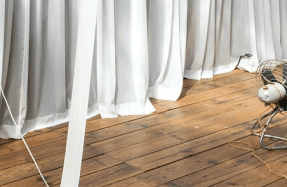

INSIDE BURGER COLLECTION

– EDWARD BERNAYS
–KP BREHMER
The multifarious practice of artist KP Brehmer, who was once described as a “media worker,”3 spans from the 1960s to the late ‘90s and can be described as revolving around a daring question: how can art be made “useful to society”? In post-war Germany’s consumer landscape, where images furnished the prevailing order—to sell desire, dreams, ideology, and products—Brehmer sought to make his art a training and testing program4 that could produce, in a Brechtian sense, “visual agitation” ().5 By appropriating, collaging, and subverting late capitalism’s visualization techniques and ubiquitous information systems, from adverts to maps, diagrams, and political and propaganda imagery, the artist practiced what could be considered “antipublic relations.” As a negative to the operations of manipulation and persuasion pioneered by Edward Bernays, the father of propaganda, Brehmer’s use of distancing and alienation was abecoming functions of the images they create.6 For Brehmer, art had to be analyzed vis-à-vis the broader process of mediatization that post-war Western society increasingly came to adopt. And having trained as a reproduction technician, he frequently switched mediums and techniques, employing various media—painting, installation, video, sound art, and participative actions—as engagements with the “trivial” medium of print that remained of central importance.7






